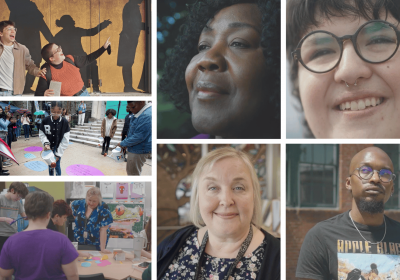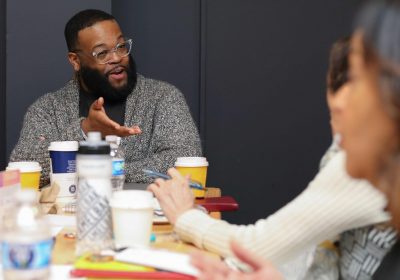A group of teenagers gather around a library table, their heads almost touching as they devote the entirety of their attention to whatever is on the table. Wandering closer, one might get the impression that they are planning a long voyage to the arctic together: what should they bring for medical supplies? Should they have brought some more climbing gear? How on earth will they stay warm or know which way to go?
Later, they would weigh their strengths and weaknesses against each other before fighting to the death on a hovering platform in the sky… all before navigating through a treacherous maze located deep in an underground mine.
Teen Reading Lounge is clearly so much more than a reading group, and the iteration of the program seen at uthrie Memorial Librar in Hanover, Pennsylvania, is no exception. Facilitator Trenton Bankert used activities that correlated to his knowledge of the teens’ interest in gaming in order to help them relate to and discuss Runaways Vol. 1 and The Maze Runner
Site coordinator and Teen Librarian Mike Farley thought that Guthrie could really use a program like Teen Reading Lounge, where teens could “relax and learn in a pressure-free environment.” He and Bankert hoped that the teens could have stimulating discussions amongst themselves while being liberated from the pressures many of them faced in their academic work.
In that vein, they wanted this program to be attractive to a wide array of teens, and especially to those who don’t typically have access to this type of programming—or don’t typically choose to participate in it. Guthrie’s Teen Reading Lounge was able to reach low-income youth and teens of varying levels of academic interest and proficiency, including those who, in Farley’s words, “ are struggling in school and… really needed this type of program.”
Between the two of them, they were able to design a detailed seven-session plan that could help a diverse set of teens see and live the connections between the books they read, the humanities, and their unique roles within their own communities.
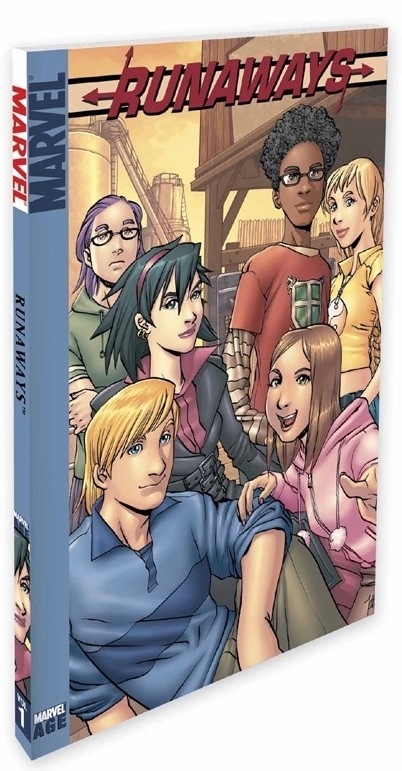
Group Work and Gladers
As a graduate student who not only has teaching experience, but also volunteers in the Teen Department at Guthrie, Bankert was able to determine what texts and activities would interest teens while also being faithful to the aims of the humanities and an overarching goal of community-building. This inspired him to focus on themes of conflict resolution, communication, and leadership, among others.
Runaways is a graphic novel published by Marvel that explores the difficult decisions that teenage superheroes have to make once they discover that their parents are supervillians, and the ways in which they are able to create a new family among themselves in order to fight evil. In Runaways, just like real life, there are rarely any easy answers.
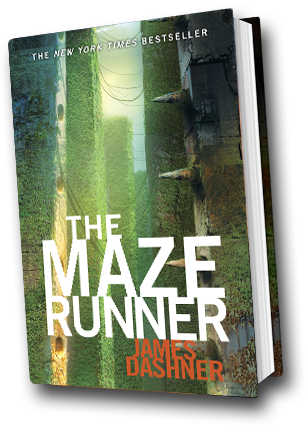
James Dashner’s dystopian novel Maze Runner was chosen along a similar line of thought. The novel follows the story of a group of teenagers who are trapped inside a maze with no memory of their past lives. These teenagers, known as the Gladers, have no choice but to work together to escape the maze.
“Not only did the book continue the theme of teens on their own making tough decisions,” explained Bankert, “but it also allowed us to take that theme one step further in order to talk about how the decisions we make and the roles that we play allow us to create a community.”
This idea of community-creation is central to the goal of Teen Reading Lounge: teens can learn about different communities through the texts they read, create their own community within the Lounge itself, and then apply these skills to communities outside the library.
The ability to effectively communicate and come together as a group to make decisions is essential to the creation of communities. For that reason, Bankert decided to test their groupwork skills by initially giving them survival scenarios they had to solve by themselves, and then having them work in groups to survive the same scenarios. In this first session, they struggled much more to create a solution together than they had to while working alone.
“Any time you put multiple people together in a complex situation,” explained Bankert, “there are going to be problems. People are going to disagree. Conflicts will arise, and in the books as well as the real world, we can’t ignore one individual or part of the group just because it’s inconvenient. It doesn’t make the teen’s problem go away.” These frequently-given exercises encouraged the teens to be critical of how they engage with others while giving them the tools to see collaboration as an effective way of generating solutions, and not as an impediment to them.
The teens worked hard to develop these skills, which were to be creatively tested in the final challenge presented to them in the last session.
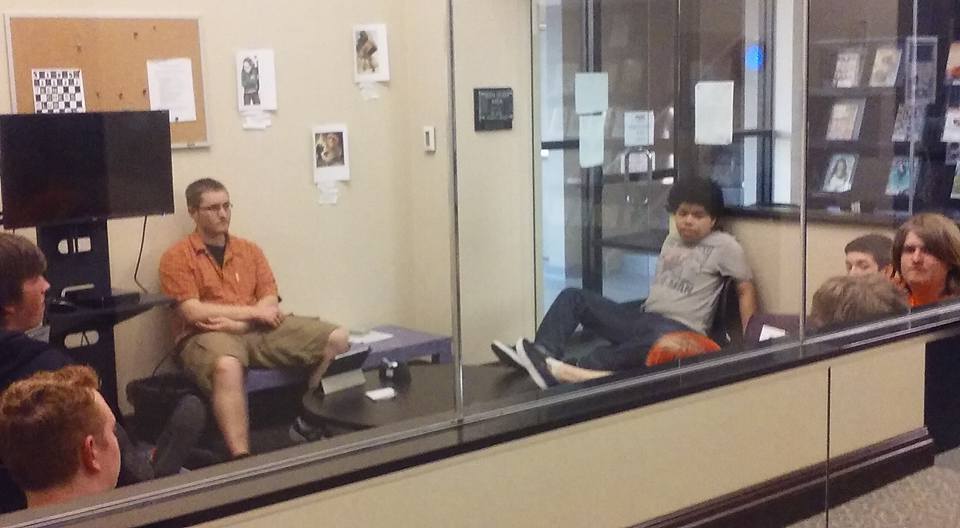
Empathy and Engaged play
Those walking by the room in the library may get confused and wonder why Guthrie Memorial’s popular Video Game Club is meeting on Wednesday instead of their usual Thursday time. Listening in, however, one would quickly realize that the teens are playing the games in a highly structured, goal-oriented, and collaborative way as they bounce around the three-dimensional video game world of Minecraft to create a difficult maze for the other team to navigate together.
During the last session of Teen Reading Lounge, the teens were separated into two groups in order to create mazes within Minecraft. This activity was directly connected to Maze Runner, in which groups of teens had to work together to navigate a deadly maze.
In this activity, the teens were both the architects and the gladers. One group repurposed a natural mine within the game into an underground maze, while the other group filled their maze with portals to different dimensions and deadly traps.
In contrast to the very first session, where they struggled to collaborate in survival scenarios, the teens in the final session had deepened their capacity for communication and teamwork, enabling them to collaborate over a complex puzzle with ease.
The teens also used the power of play throughout their other sessions to facilitate their discussion of the themes found within the texts. For example, they played a game of Werewolf, a Mafia-esque game where everyone has specific roles and abilities which, as Bankert explains, “which makes it an ideal microcosm for discussing concepts like community, order, and risk.”
In fact, during their subsequent discussions of the texts, Bankert frequently heard them reference their experience in the game in order to relate to a character in Maze Runner, saying, “It’s just like when we played Werewolf…”.
They also played Nordguard, a card game where all the teens had to play against the game itself by surviving together while on a rescue mission in the arctic wilderness. The players had to carefully make decisions about what character they were going to be and what they were going to bring with them into the unpredictable landscape.
These games allowed the teens to explore the relationship between personal identity and group identity, while working to develop valuable communication skills that will serve them well regardless of their interests.
Why games? Gaming was already an interest of many of the present teens, and Bankert was able to use this as a jumping-off point for discussing many of the larger themes in the works they were reading. “When I start asking theme-related questions about the games or why students made the decisions they did,” Bankert says, “the students are often surprised at how elaborate their own thought processes were because normally they just do them subconsciously.”
Moreover, games, just like graphic novels or even young adult fiction as a whole, are often cast as something irrelevant to critical inquiry, let alone the humanities as a whole. This Teen Reading Lounge program, like many others, challenges the more traditional belief that texts are the only way to access the humanities, which is something that is also being done by the rapidly growing field known as the digital humanities. This can be powerful for the teens, since it affirms and heightens their level of engagement with the media in which they are already invested.
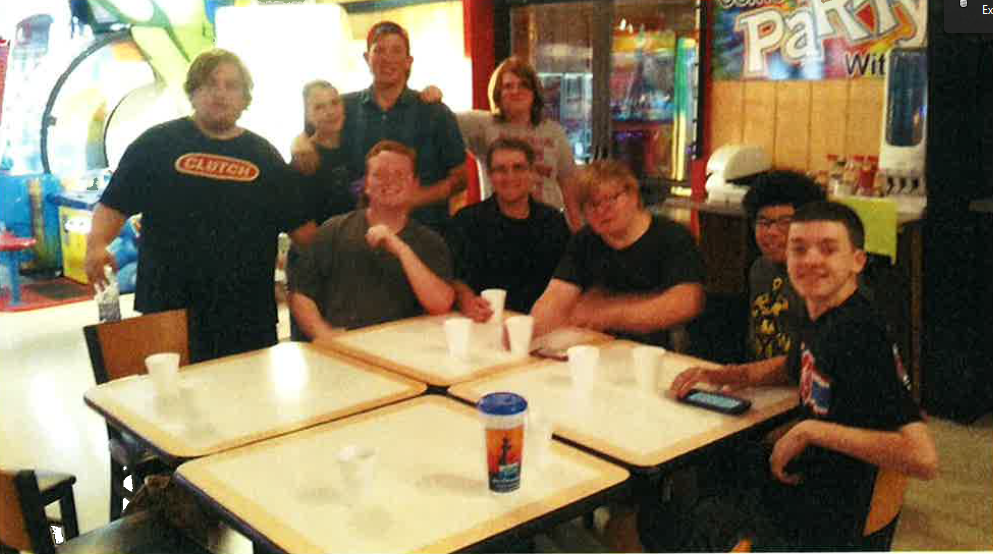
The power of the humanities to connect communities
Guthrie Memorial was able to leverage a community they already had, an active gaming group, in order to create a new one focused around reading texts and analyzing them through the recurring themes of community, identity, and cooperative work and play.
The teens were also able to experience the necessary element of interactivity that lies at the core of the Pennsylvania Humanities Council’s programs. While the staid portrait of the writer or philosopher who retreats from society to work and study tends to dominate popular thought towards the humanities, a more accurate picture would look like a teen who is able to develop their own sense of identity through texts and relationship-building.
By studying the humanities, teens can feel empowered to make the change they want to see in their communities. This focus is also prevalent in many other Teen Reading Lounge programs, where libraries focus their choice of texts on dystopian themes like those found in Maze Runner. Teens are able to articulate what they want to see in society, which gives them the ability to see what they can do to help that change happen.
“What are we going to do next week?” This was the constant refrain of the teens near the end of each session… even during the very last week! They genuinely enjoyed coming to each session and loved reading, playing, talking to, and learning from each other. Often the most important thing is for teens to have a place away from school where they can share ideas and have fun with people their own age— all through the guidance of a humanities framework.
“The humanities make teens better equipped to understand each other and themselves,” says Bankert. “Through the humanities, they connect to other people’s stories, feelings, and experiences.
“When we feel broken or angry or sad, the humanities remind us that we’re not alone in those feelings, and that we can work through them. It gives us hope that the way things are now isn’t the way they always have to be, and encourages us to explore the boundaries of who we are. And when growing up, sometimes that is the best lesson you can ever learn.”
Learn more about Teen Reading Lounge and participating program sites across the state.
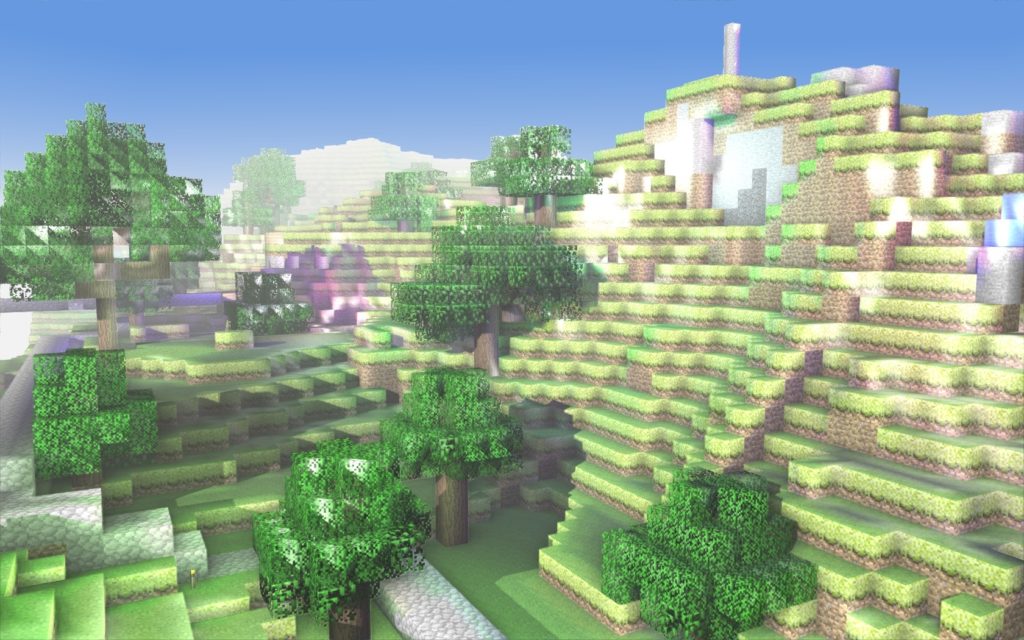
![[color – dark bg] PA SHARP FINAL FILES DB 72dpi [color - dark bg] PA SHARP FINAL FILES DB 72dpi](https://pahumanities.org/uploads/files/elementor/thumbs/color-dark-bg-PA-SHARP-FINAL-FILES-DB-72dpi-phgl7aimtfdpzt2rscvl43ksfv3asbbls19lsvuacw.jpg)
